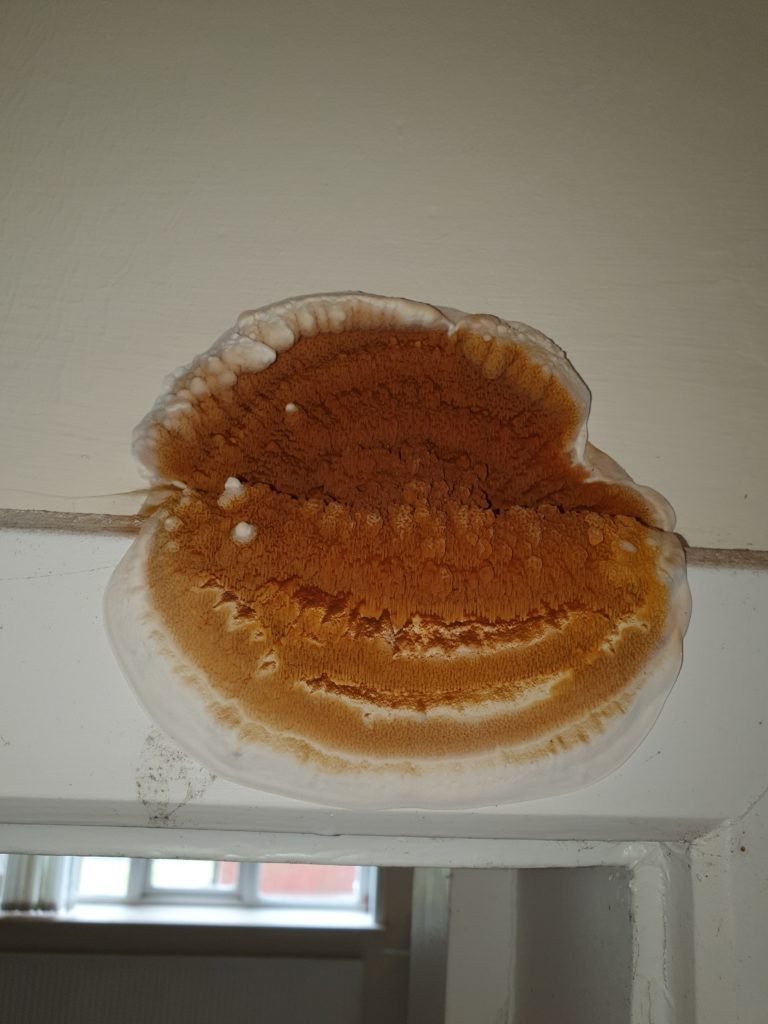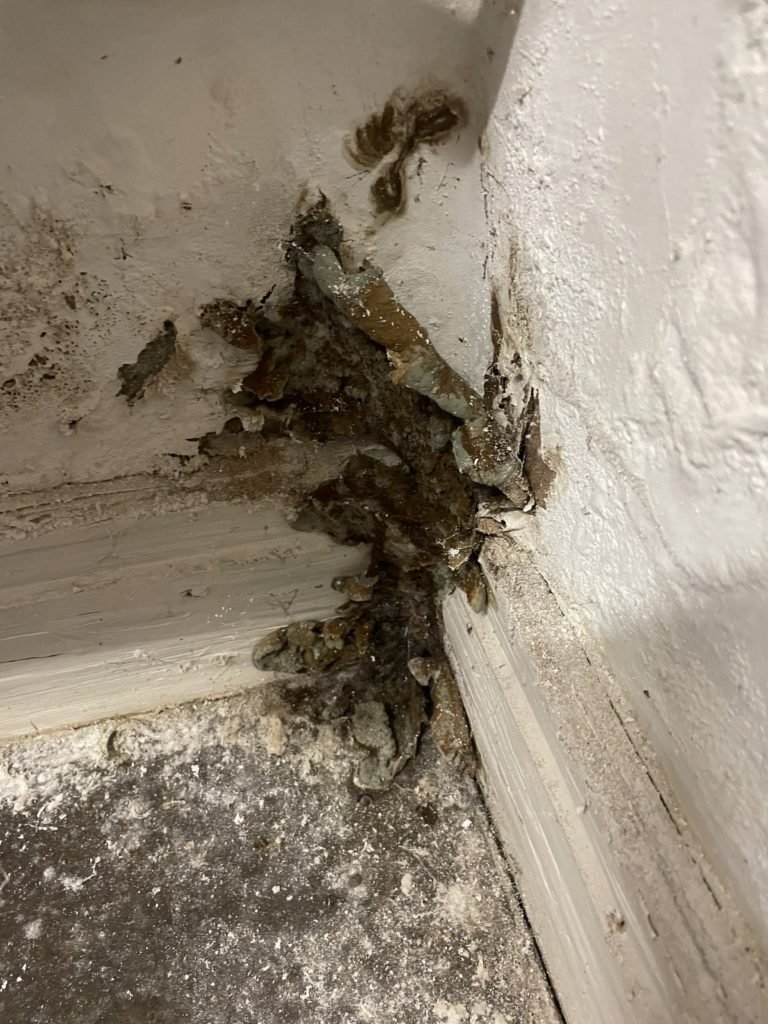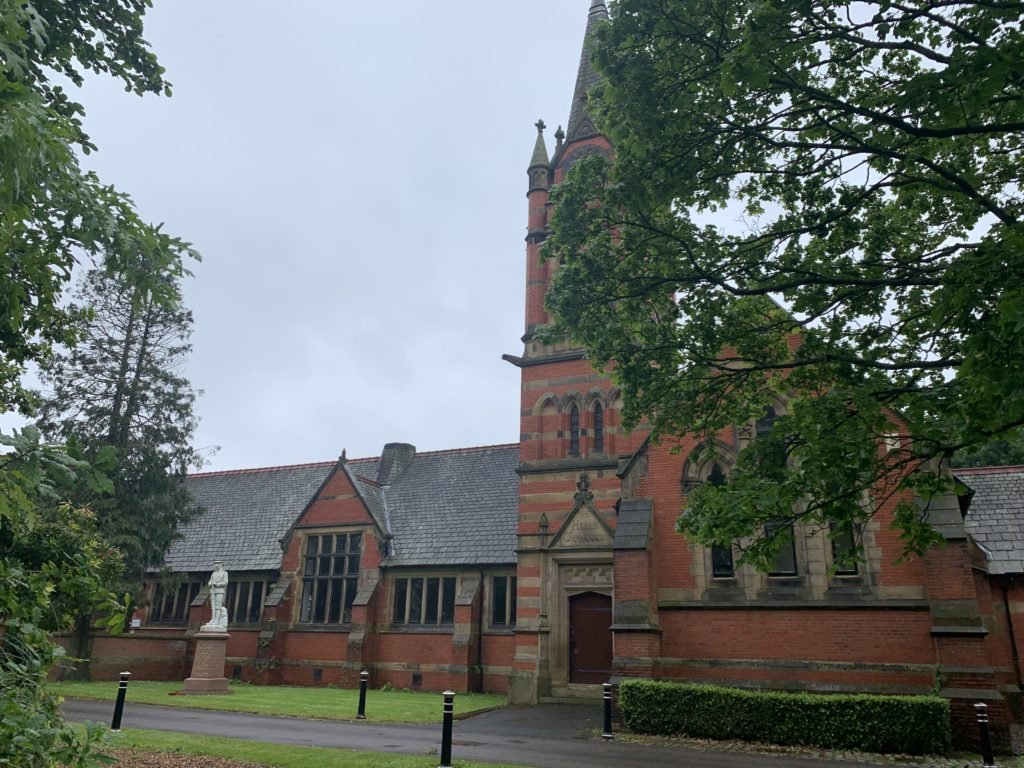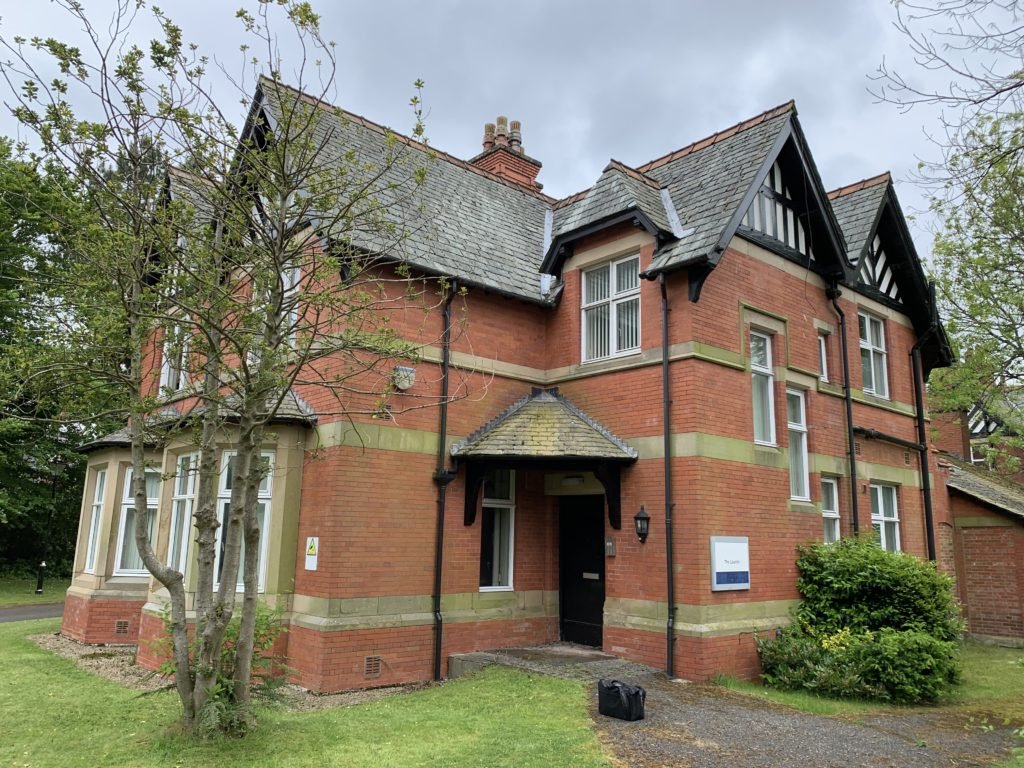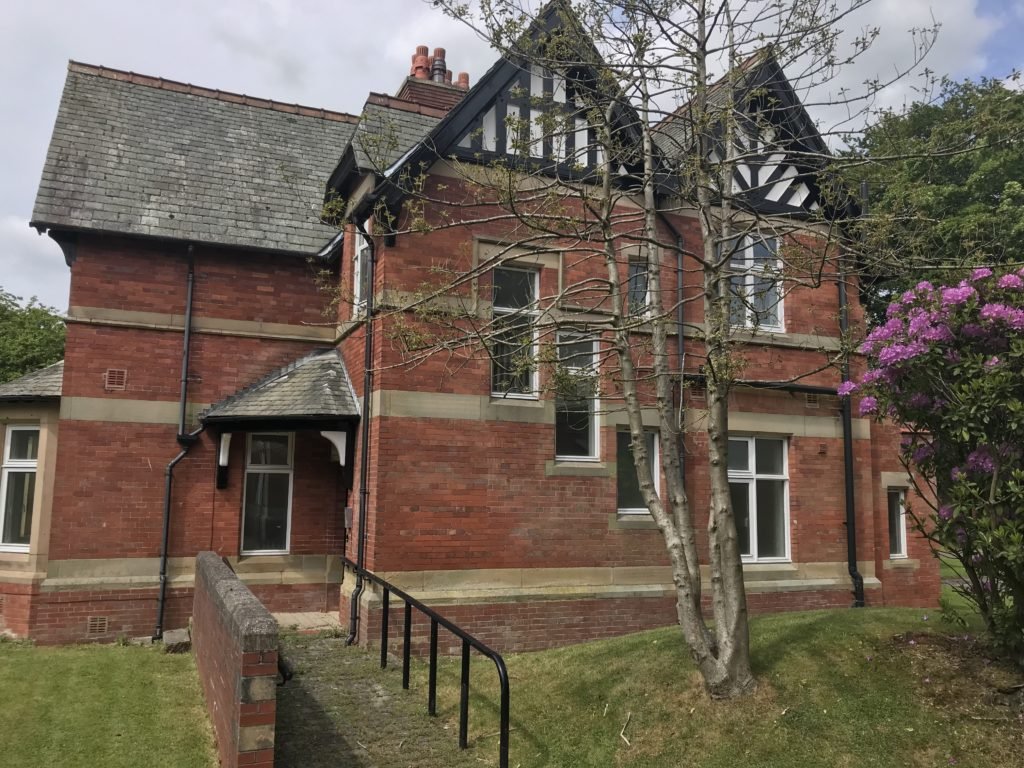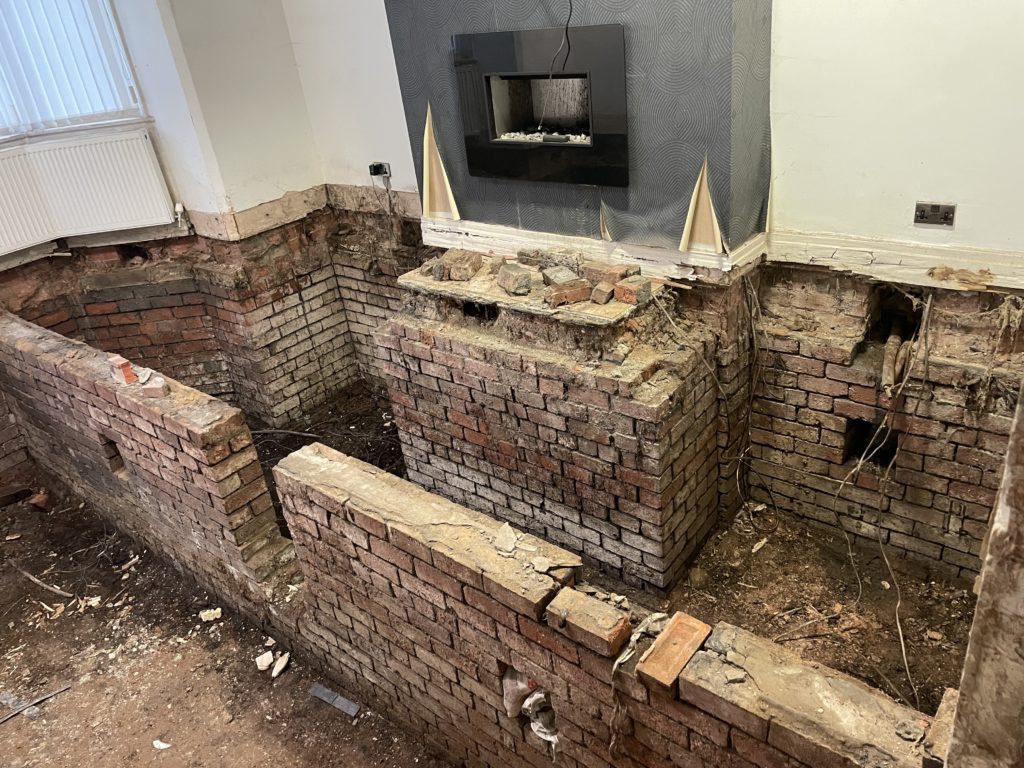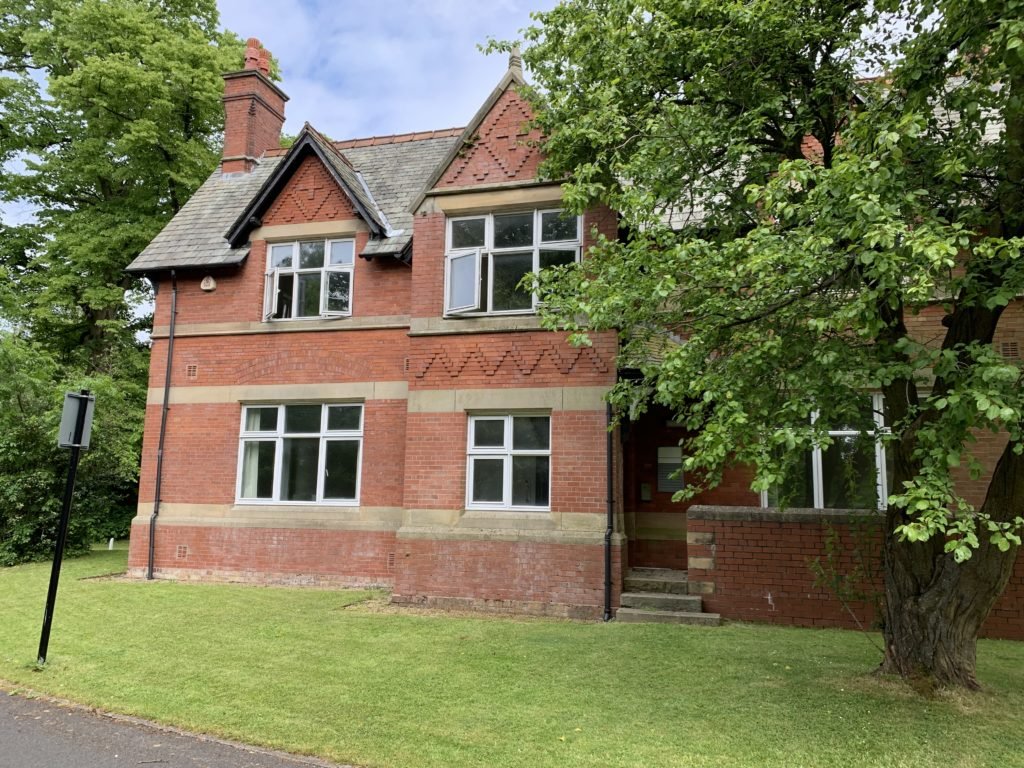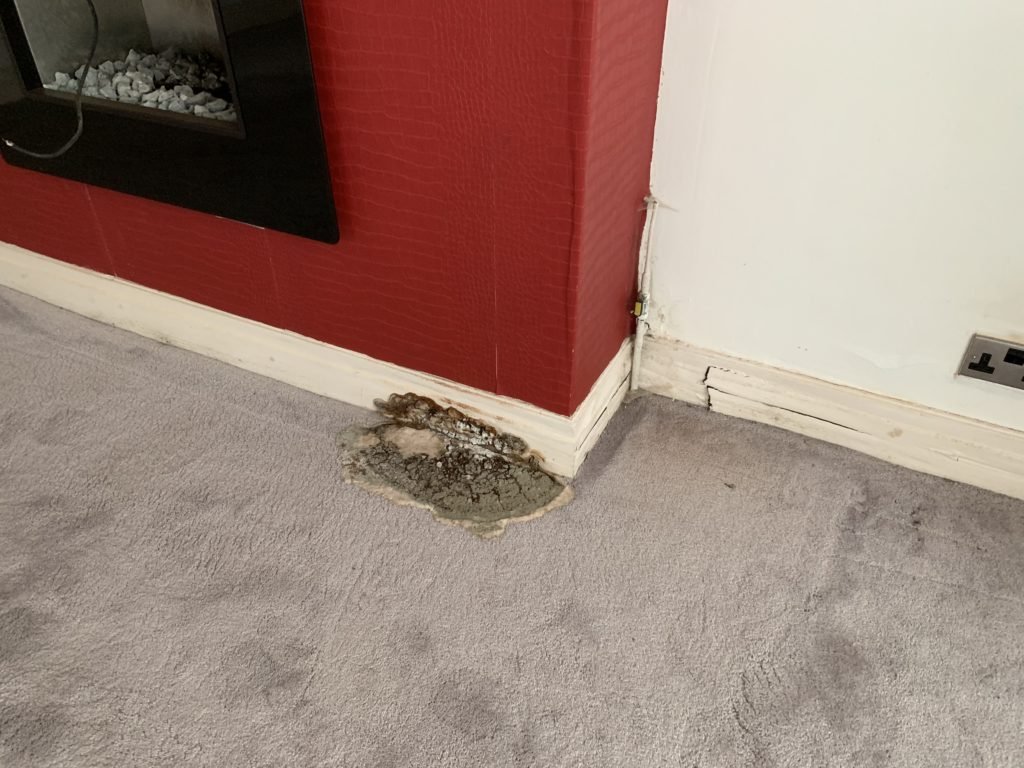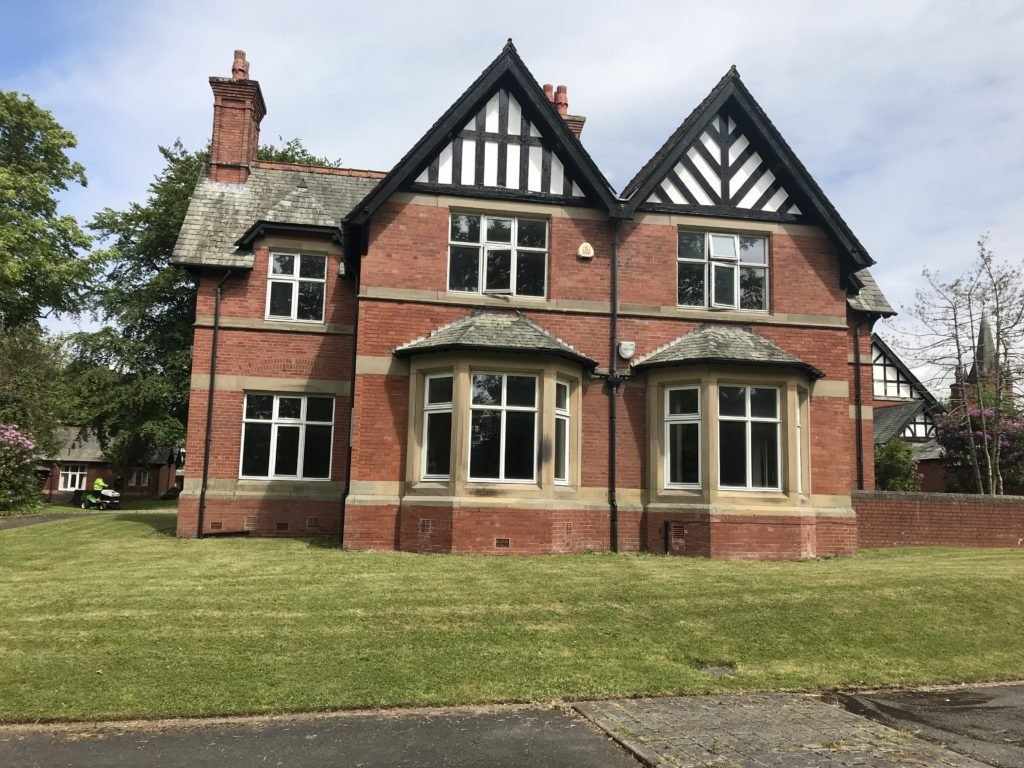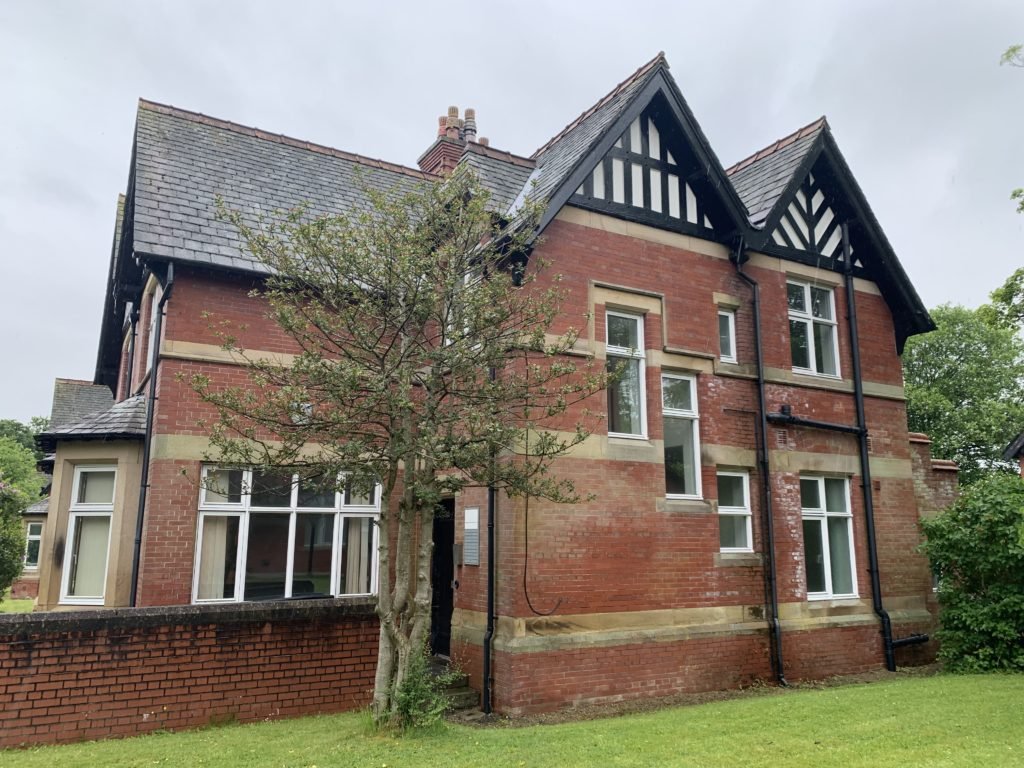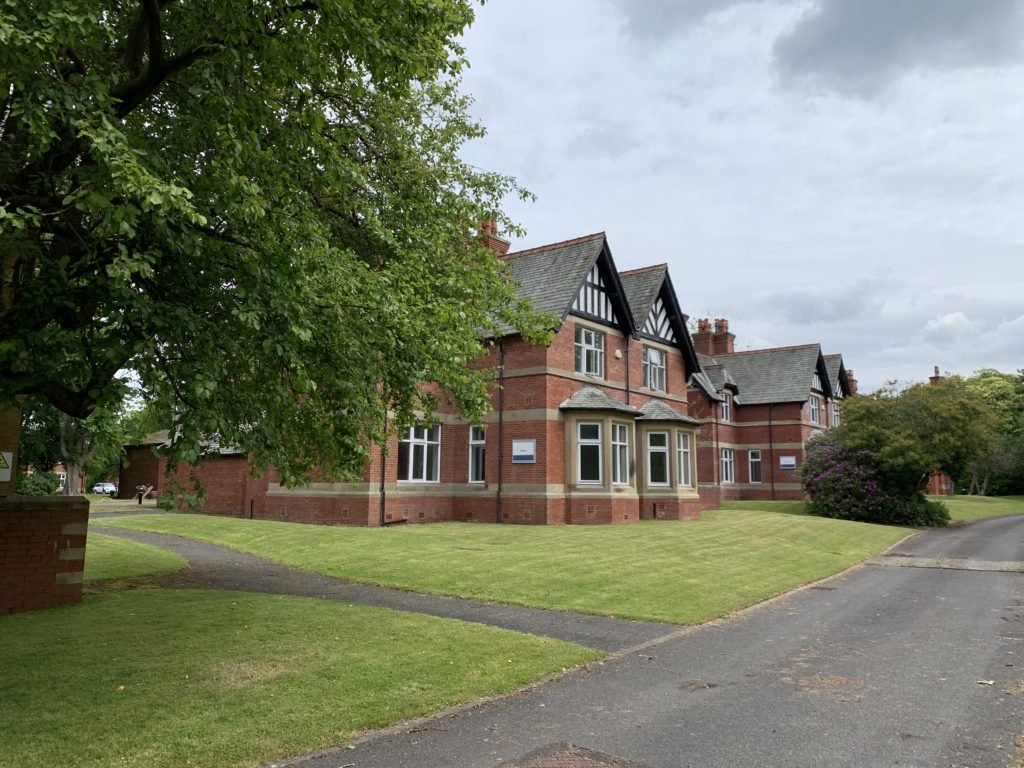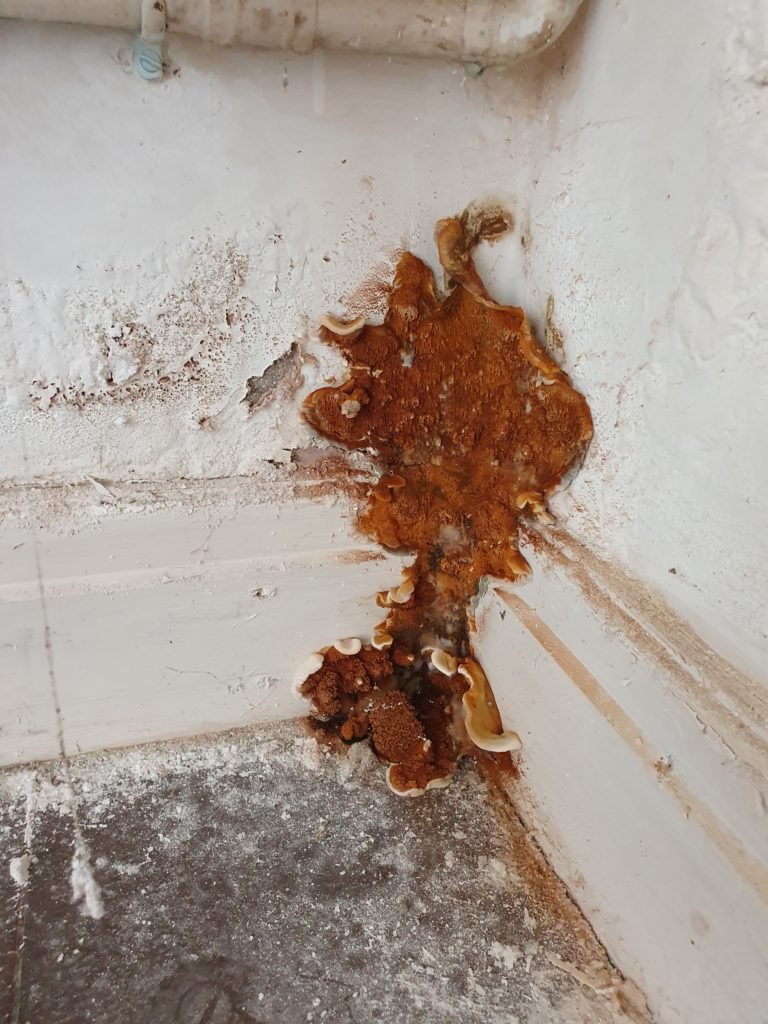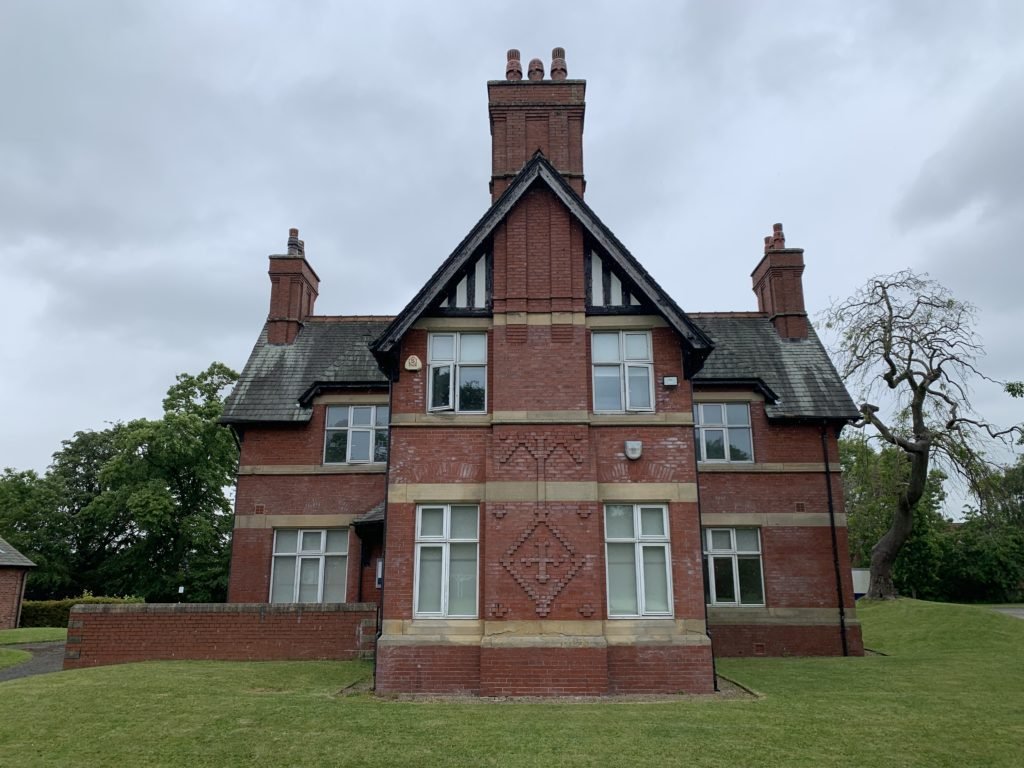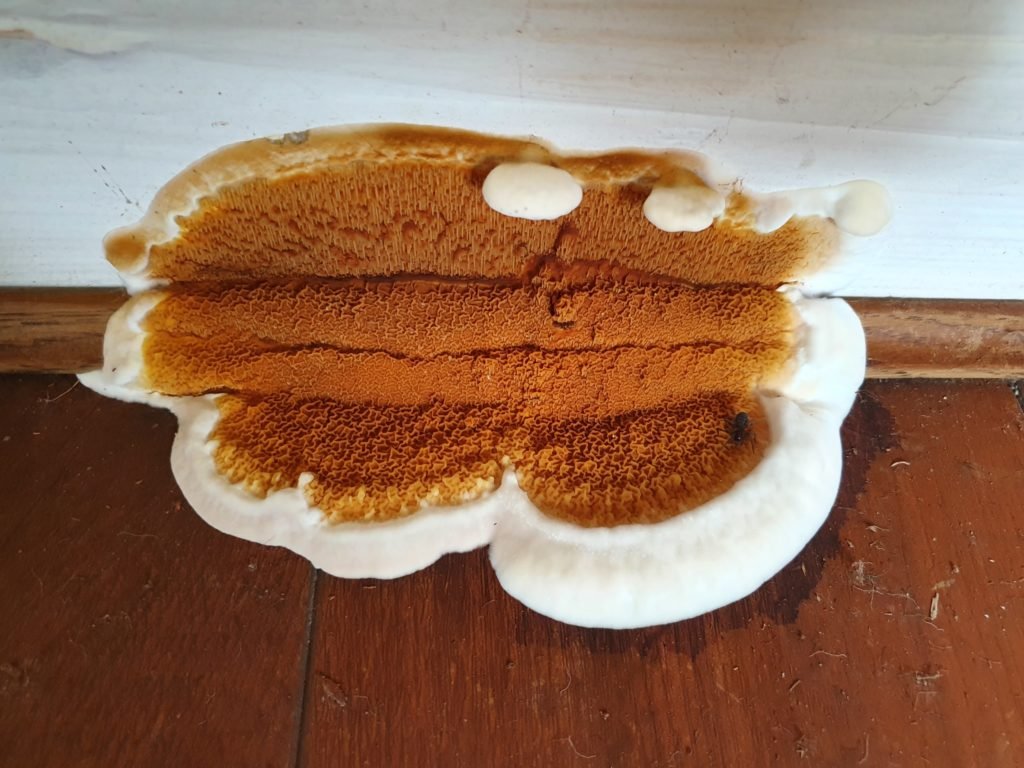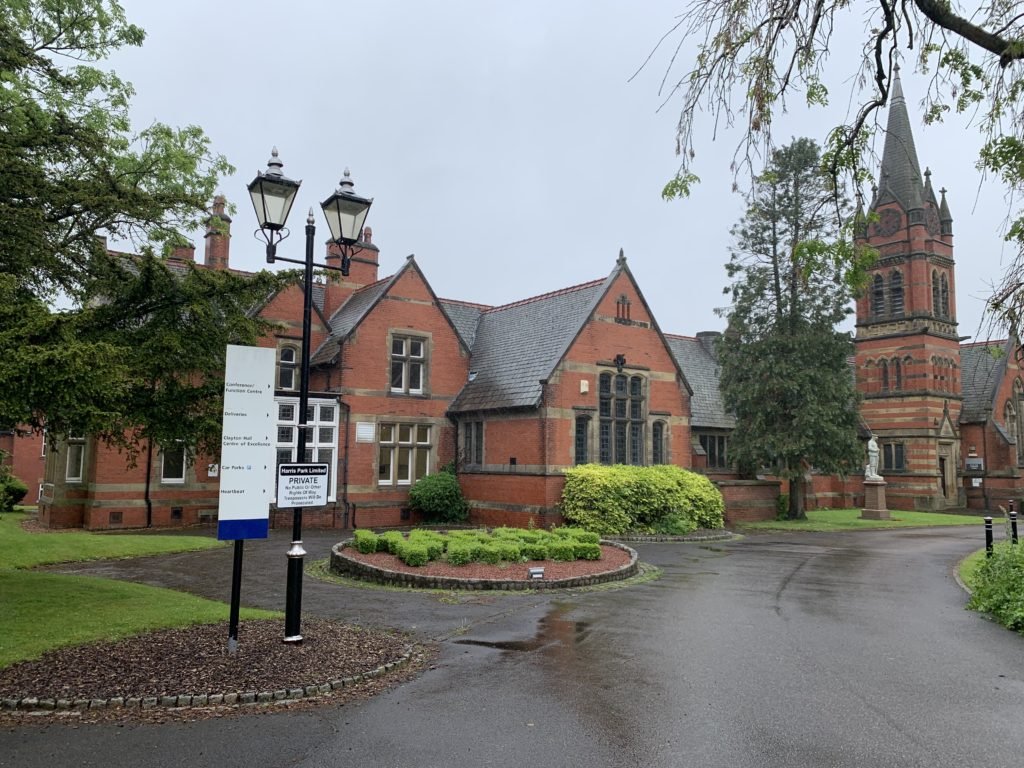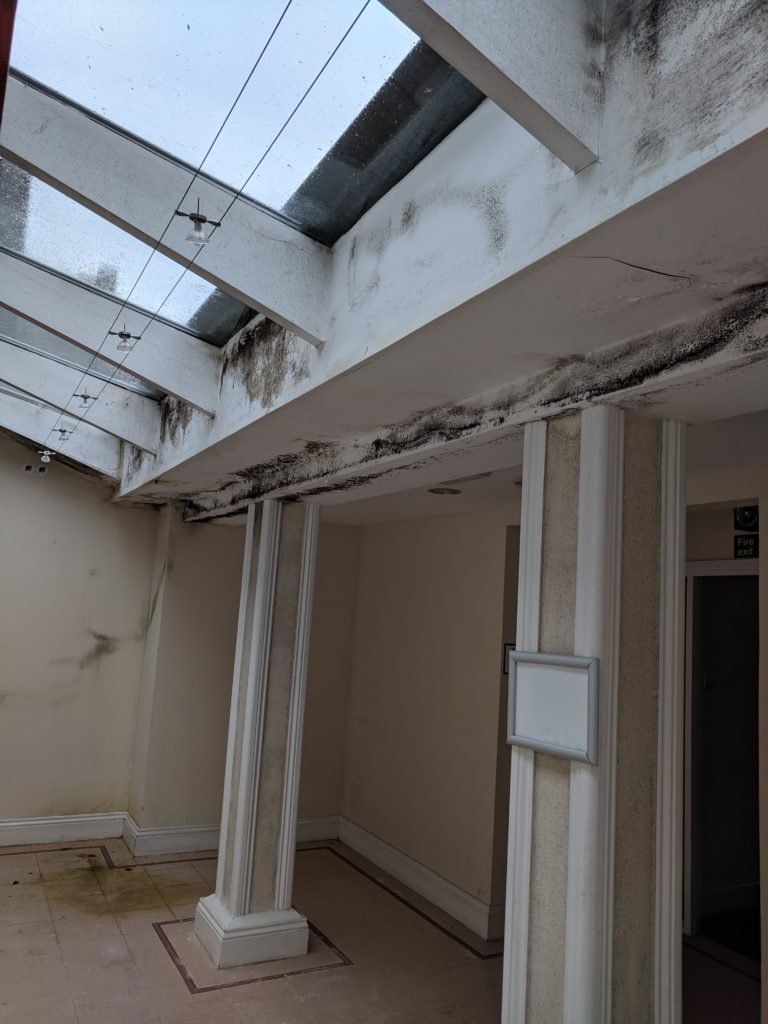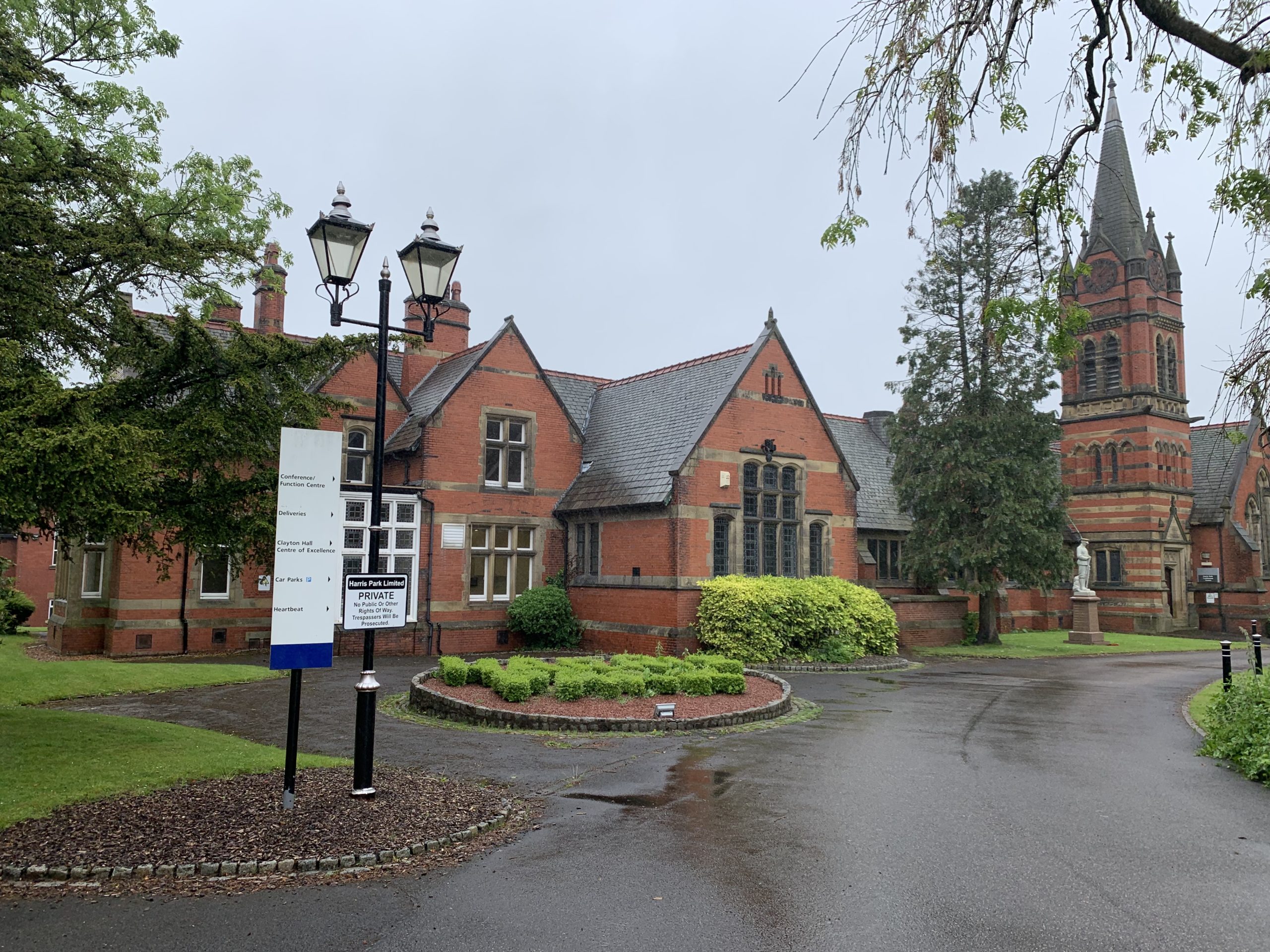
Heritage Building Survey and Restoration – Harris Park Estate, Preston
Project Overview
Call me back
Would you like a call back from one of our friendly team about anything? Fill out the form below and we'll get back to you ASAP.
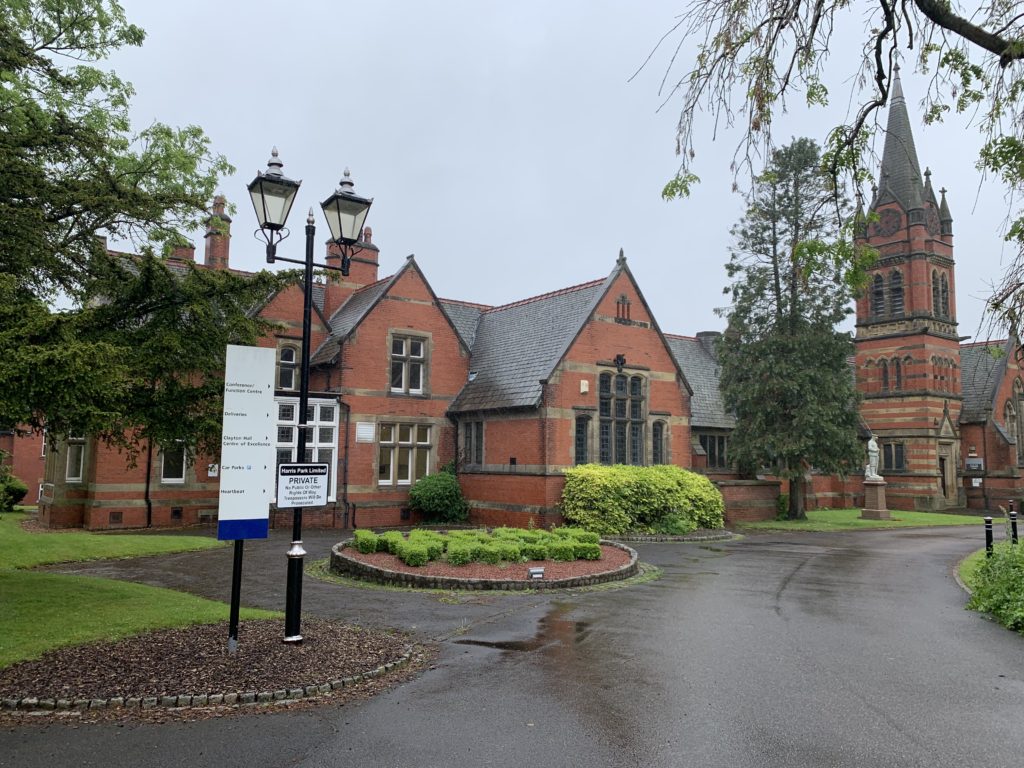
Overview
RTC was appointed to carry out a comprehensive survey and subsequent remedial works on eight unoccupied properties within the Harris Park estate in Preston. This Grade II listed site, formerly the Harris Orphanage is a key heritage asset registered with Historic England. Renowned for its 19th-century ‘village homes’ layout and landscaped grounds, Harris Park holds significant architectural and historic interest.
Our role involved assessing and addressing structural issues such as dry rot and damp while ensuring full compliance with heritage conservation requirements.
The Challenge
The properties had been unoccupied for an extended period, resulting in visible deterioration, including:
- Extensive dry rot, damp, and decayed timber elements
- Potential structural vulnerabilities due to untreated fungal growth
- Restricted scope for intrusive works given the Grade II listed status and conservation area protections
- Requirement for close coordination with heritage and planning authorities to ensure sensitive, appropriate intervention
Preserving the historic fabric and character of the estate while addressing pressing structural issues was a complex and highly sensitive task.
The Solution
RTC’s team of qualified surveyors conducted detailed inspections and developed a targeted specification for remedial works in consultation with the relevant heritage bodies. The specialist works included:
- Removal of affected materials: Decayed skirting boards, plaster, and timber (flooring, lintels, casings, architraves) were carefully taken out where fungal growth or salt contamination was evident.
- Fungal treatment: All exposed masonry was thoroughly cleaned and sterilised using a masonry biocide, and surrounding timbers treated accordingly.
- Structural ventilation improvements: New air bricks were installed to enhance underfloor airflow and reduce future moisture buildup.
- Masonry and cavity cleaning: Where necessary, brickwork was removed at DPC (Damp Proof Course) level to clean and assess cavity conditions.
All works were performed in line with heritage guidelines, ensuring structural stability and minimal disruption to the estate’s historic fabric.
The Outcome
The remediation works were successfully completed, preserving the architectural and historic integrity of the properties. Key results included:
- Stabilisation of the structures and mitigation of dry rot and damp
- Improved internal conditions through enhanced underfloor ventilation
- Retention of historic features while safeguarding building longevity
- A conservation-sensitive approach that aligns with the estate’s Grade II listing and the conservation area’s key characteristics
Following the works, the properties will continue to dry naturally, with follow-up testing scheduled to determine any further treatment needs.
This project demonstrates RTC’s commitment to delivering high-quality, heritage sensitive building solutions that both protect historic assets and address complex structural challenges.
Call me back
Would you like a call back from one of our friendly team about anything? Fill out the form below and we'll get back to you ASAP.

